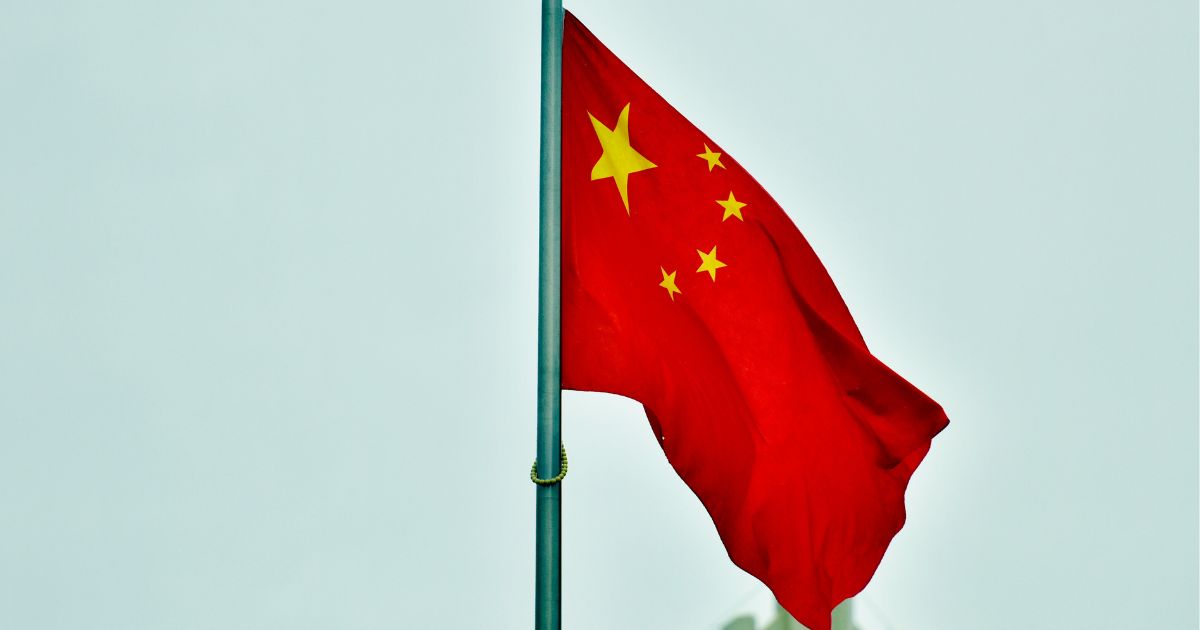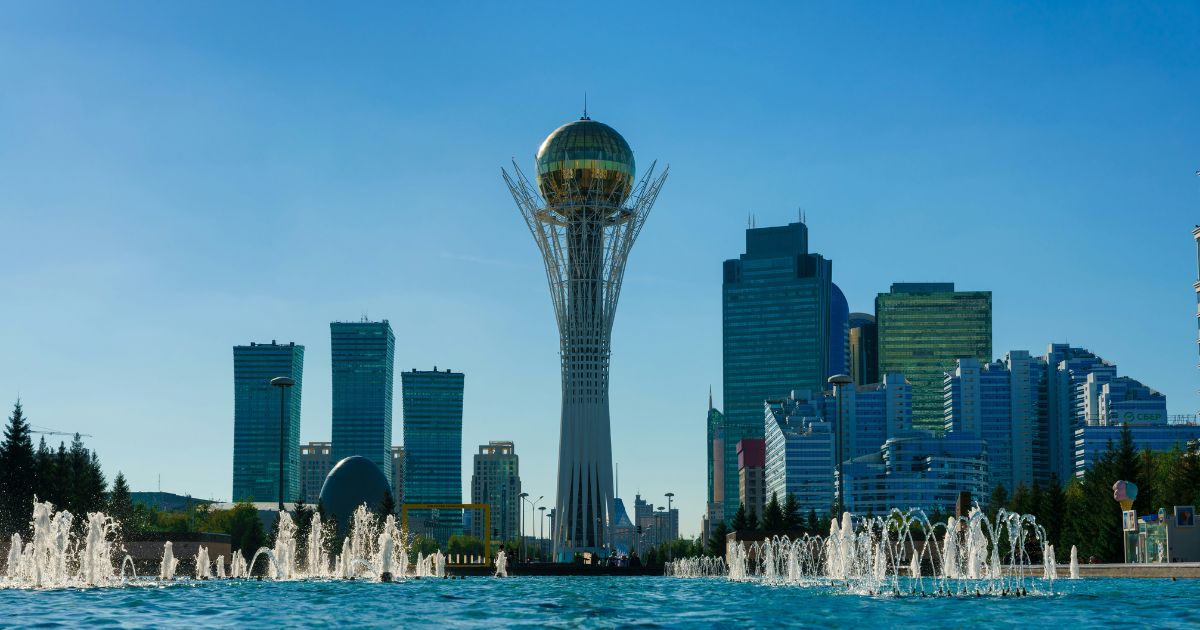Economic growth in China cooled in the three months to the end of September, with problems in the property market persisting and trade tensions with the US flaring up.
The world’s second-largest economy grew by 4.8% compared to the same period in 2024, a rate described as its weakest in a year, according to official figures released on 20th October.
The figures emerge after China imposed sweeping controls on its exports of rare earths – the minerals crucial to global production of electronics – in a move that sent shockwaves through its already fragile trade truce with the US.
The third-quarter growth figures will set the tone for a gathering of China’s top leaders this week to discuss the country’s economic blueprint over the next five years.
This represents a slowdown from the 5.2% annual rate of growth recorded for the three months to July.
The National Bureau of Statistics in China said the economy showed “strong resilience and vitality” against pressure, and credited momentum in its technology sector and business services as key growth drivers.
Beijing has set a target of “around 5%” economic growth this year and, so far, has avoided the sharp slowdown seen in other parts of the world, thanks in part to government support measures and a – until recently – trade ceasefire with Washington.
When China announced controls on rare earths earlier this month, US President Donald Trump shot back with threats of an additional 100% tariffs on imports from China.
US Treasury Secretary Scott Bessent has said he expects to meet Chinese officials this week in Malaysia in a bid to ease tensions and set up a meeting between Trump and his counterpart, Xi Jinping.
Before the recent flare-up, Chinese businesses had taken advantage of the trade truce with Washington to ship goods to the US, causing China’s exports to rise by 8.4% in September. The total value of imports into China also rose.
Industrial production rose 6.5% in China last month from a year earlier, with 3D-printing, robotics, and electric vehicles being among the strongest performers.
Growth also took place in its service sector, especially in IT support, consultancies, and transport and logistics companies.
The latest figures reveal exports have helped offset “sluggish” domestic spending in China, according to Sheana Yue, senior economist at Oxford Economics.
Beijing has spent billions on incentives such as subsidies, higher wages, and discounts to encourage locals to spend more and lift its economy.
Ms Yue says that, without further government support, which could be forthcoming with the new Five-Year Plan laying out Beijing’s economic goals, it is unlikely that China’s economic growth this year would surpass 4.8%.
China’s property sector also continued to struggle, as real estate investment fell 13.9% in the year up to September.
The housing market is facing a sharp downturn, characterized by falling home prices, shrinking sales, and instances of developers abandoning their projects.
It represents about a third of the size of the Chinese economy and has been a key source of revenue for local governments.
Home prices have dropped in nearly all major cities despite government support measures, according to economics lecturer Laura Wu from Nanyang Technological University.
Housing is still the major drag on China’s economic growth,” in the long run, even with uncertainty facing it from Washington’s tariffs and other trade barriers, said Prof Wu.




